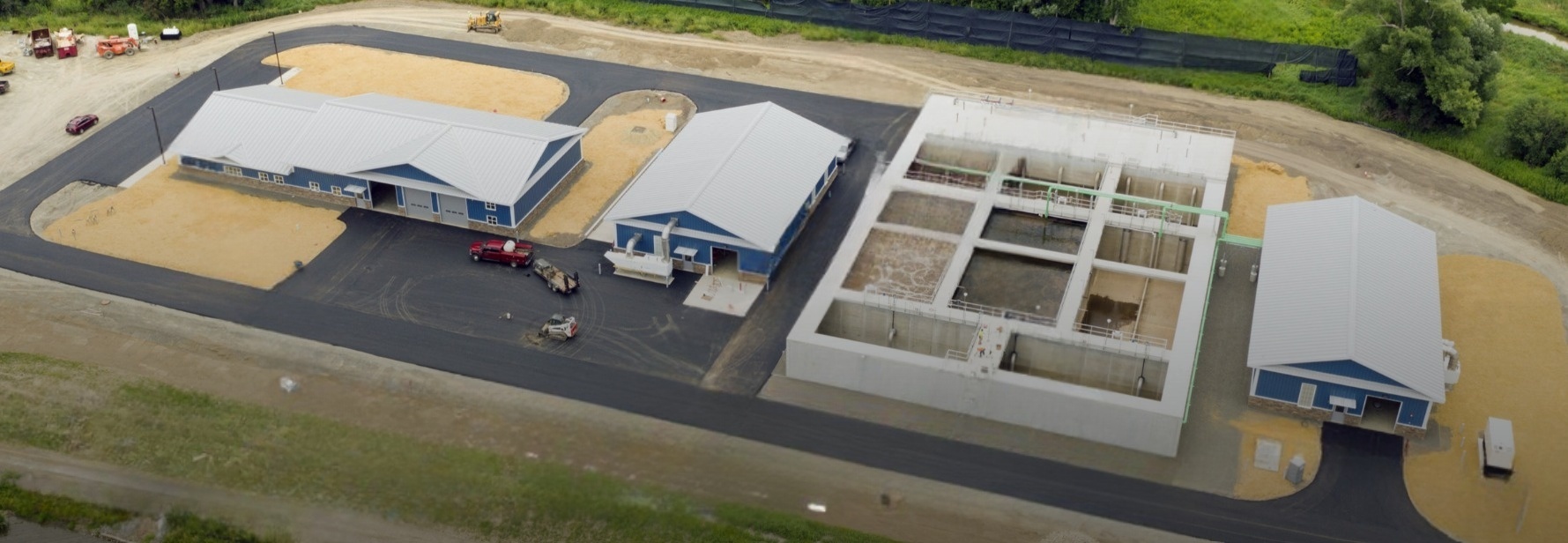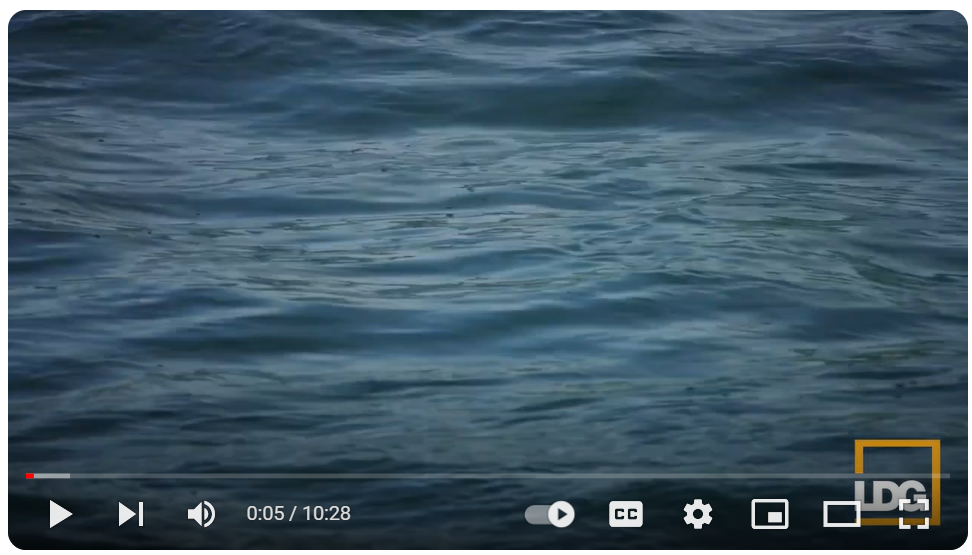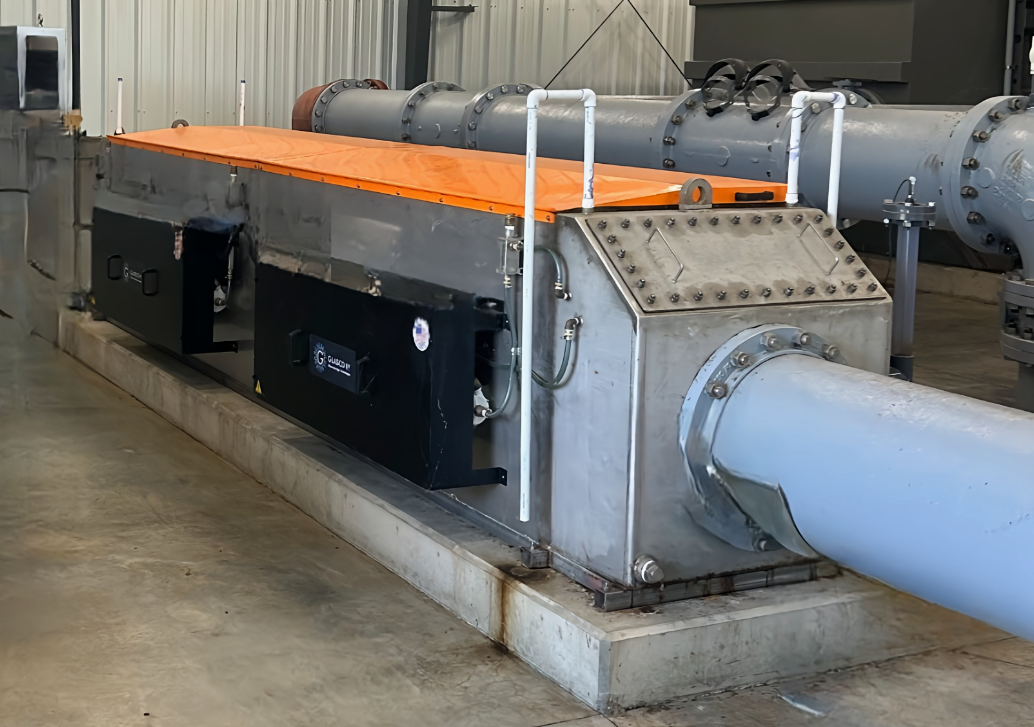Catharine Valley Water Reclamation Facility

As part of a joint effort known as Project Seneca, a new, $32 million-dollar regional wastewater treatment plant, the Catharine Valley Water Reclamation Facility (CVWRF), is up and running – and a virtual tour is available for the public to get a glimpse at the state-of-the-art technology and infrastructure that now serves the villages of Watkins Glen and Montour Falls, NY.
Since the 1960s, both villages operated separate wastewater treatment plants, both of which were located on prime waterfront property and were unable to comply with modern discharge limits due to treatment limitations and aging components. Both facilities were negatively impacting water quality in Seneca Lake; these negative effects combined with the capacity limitations of aging wastewater infrastructure serving the region was greatly limiting the economic growth and potential for the area.
In a pioneering regional effort, local officials developed the Watkins-Montour Regional Wastewater System to streamline facilities and staffing across both communities, leading to a more cost-effective and efficient solution. After nine years of remarkable engineering and enthusiastic teamwork, the CVWRF was put into operation in July 2020.
The project involved building the new CVWRF on a vacant plot of land between the communities, setting up two new raw wastewater pump stations near the existing treatment facility locations, and linking these pump stations to the regional treatment facility with force mains.
With a design capacity of 1.2 million gallons per day, the facility features two metal buildings that house treatment infrastructure, a large precast concrete tank complex containing an automated sequencing batch reactor at the core of the treatment process, and a comprehensive operations and maintenance facility. The treatment process employs cloth media filtration and UV disinfection to enhance performance. An advanced SCADA control system manages and monitors the treatment system to optimize its operation.
The CVWRF serves around 1,500 residential properties and 300 non-residential properties, with the capacity to support significant regional growth. The cutting-edge treatment process has significantly improved pollutant capture, including a reduction of over 12,000 pounds of phosphorus per year, which contributes to mitigating algae blooms.
GalscoUV implemented its flow-through fluoropolymer (FEP/Teflon®) tube reactor that it has been building since 2006. The NONCON series is a flow-through fluoropolymer-style UV water and wastewater disinfection system that’s a chemical-free, non-contact and non-conductive alternative to traditional methods.
Unlike systems that use UV lamps immersed in water (with protective quartz sleeves), the NONCON 5000 positions UV lamps in the air. As the water flows through the transparent tubes, the UV lamps shine germicidal light (@ 254 nm), killing microorganisms. A UV sensor reads the relative output of the UV lamps, ensuring reliable performance.
In traditional horizontal channel disinfection, operators must clean the quartz sleeves routinely. Since the NONCON 5000 UV lamps do not contact the water, the system prevents fouling and other problems associated with traditional disinfection.
Manufactured in the United States from a high-quality polymer resin, locally fabricated stainless steel reactors and state-of-art UV lamps, the NONCON 5000 offers a flexible and effective disinfection option for operators seeking low-maintenance alternatives to traditional systems.


